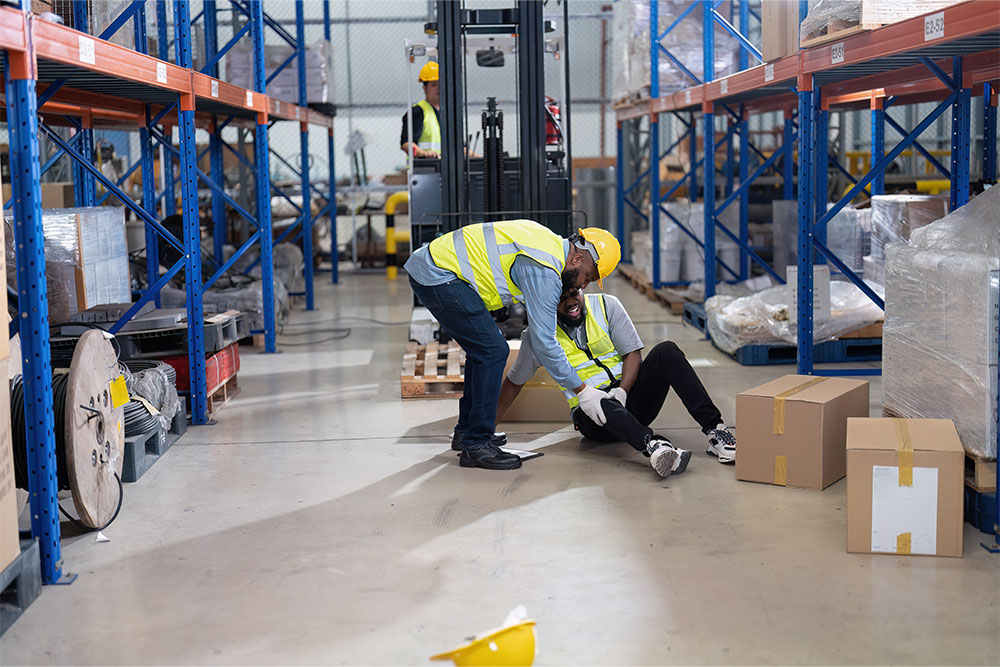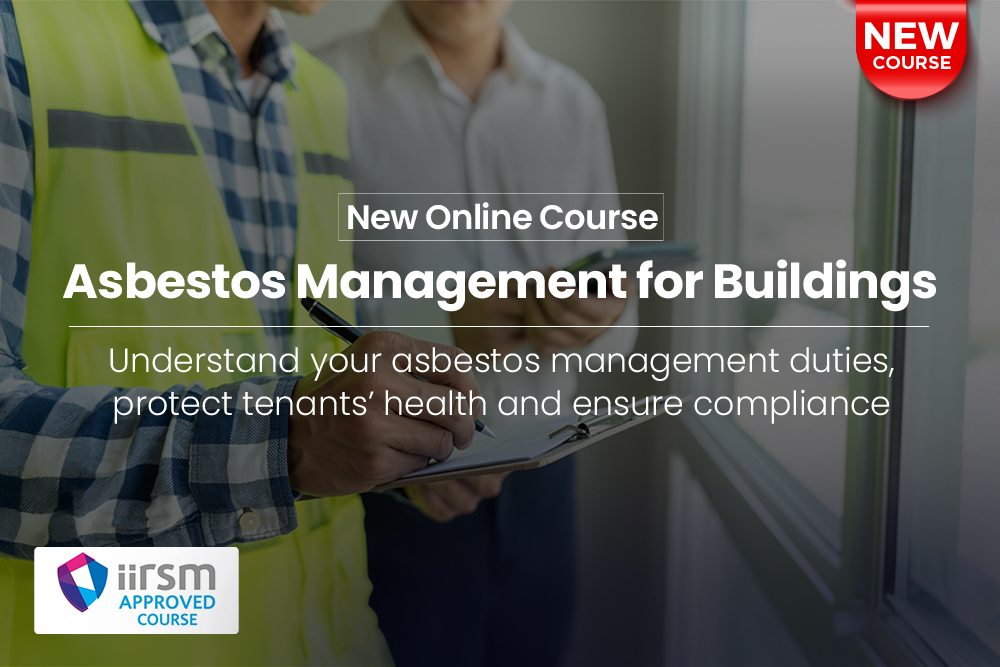
Staff health and safety isn’t always seen as fundamental to business success. Some leaders tolerate health and safety as a necessary expense, while others consider it an excessive and ultimately pointless box-ticking exercise.
But leaders with these narrow opinions are missing a universal truth: people work better when they’re safe and healthy. They’re more productive and avoid the types of accidents that cost you time, money and reputation.
This guide explains why staff health and safety must be a business priority and the benefits of establishing a superior safety culture.
Compliance
The most straightforward reason to prioritise staff health and safety is compliance. There are financial and legal penalties for disregarding health and safety legislation.
Depending on the violation, the Health and Safety Executive (HSE) can impose:
- Enforcement notices (these detail remedial actions that must be taken)
- Prohibition notices (these force a shutdown until non-compliance is resolved)
- Unlimited fines
- Prosecution and imprisonment
While the HSE exists mainly to support businesses, the regulator doesn’t hesitate to punish employers who have grossly failed in their health and safety duties.
On its website, the HSE provides multiple case studies of enforcement actions taken. One example recounts how an organisation was fined over a quarter of a million pounds for forcing ten untrained, temporary workers to remove asbestos. Another covers the imprisonment of a managing director who failed to act on known information regarding equipment safety, leading to a worker’s death.
Costs
Investing in health and safety costs money, but it’s much cheaper than dealing with an accident.
Work-related injuries and ill health cost the British economy over £20 billion a year. Most of this is paid by individuals who are unable to work after an incident. Still, employers forfeit roughly £2 billion in lost productivity (a workplace injury keeps a worker home for 9 days on average, while ill health needs 17 days off). Employers also have to pay a further £1.5 billion in insurance premiums.
Per incident, the average cost to employers is:
- Fatality – £111,500
- Non-fatal injury – £1,900
- Injury that causes minimum 7-day absence – £7,600
These figures aren’t exact. Accidents in your workplace might be more expensive. They also might incur other indirect costs, such as a drop in staff morale. And for smaller businesses, the financial burden of a severe accident can often be too much to bear.
Health and Safety Courses
Our health and safety courses support legal compliance and effective risk management. They raise awareness of common workplace hazards and teach the fundamentals of safe working.
Productivity
As mentioned, accidents hurt productivity – there are delays while the incident is investigated, workers need time off and equipment has to be repaired or replaced.
But strong safety measures help productivity beyond preventing accidents.
In organisations with poor health and safety practices, workers need to spend a good portion of their time “firefighting.” They have to spend additional time and effort plugging holes in health and safety arrangements, which means they’re unable to focus on their jobs fully.
How you handle staff health and safety also impacts morale. Workers who consistently firefight or see colleagues injured will assume leaders don’t care about their wellbeing. They’re more likely to suffer work-related stress and, therefore, be generally less productive and more likely to move on.

Reputation
People are naturally risk averse. Stakeholders don’t want to engage with organisations that regularly defy good health and safety practices.
Investors will assume a business is poorly managed and likely to face legal trouble if workplace accidents are a consistent issue. Potential clients can draw similar conclusions. And prospective employees don’t want to work for companies that show little regard for staff health and safety.
Peace of Mind
Knowing you’ve done everything to ensure staff health and safety gives you peace of mind.
Employers who fail to comply with health and safety legislation needlessly risk their finances, business and freedom. And if a serious accident does happen, you have to cope with the fact an employee suffered a life-changing injury (or worse) because of your negligence.
How to Improve Staff Health and Safety
It should be clear why prioritising staff health and safety is essential. So, how can you make your employees safer?
We’ve shared three universally accepted strategies below.
Follow HSE Guidance
The HSE exists to support organisations first. Enforcement action is secondary to education and advice.
To help its aims, the organisation offers a wide range of health and safety guidance and approved codes of practice (ACOPs), which explain how to comply with health and safety legislation and suggest preferred safety measures.
Complying with an ACOP isn’t strictly necessary as they’re not law, but following its advice down to the letter is enough to meet the relevant regulations.
You can access almost all of these resources for free on the HSE website.
Encourage Communication
A successful health and safety strategy needs worker involvement. People at the sharp end know the hazards and how to handle them, so they need to contribute to your risk assessments. They can help you identify every risk and ensure planned control measures are practical.
Consulting staff on health and safety practices also increases buy-in. Workers will feel more invested and have a better grasp of why control measures are necessary and how to follow them.

Invest in Training
You can’t personally manage every risk in your workplace. You have to trust staff to handle health and safety largely by themselves during the workday. So, you have to provide them with adequate instruction and training.
Trained workers can better spot hazards, implement control measures and protect themselves and others, which is why almost all health and safety regulations make training a legal requirement.
Investing in training also signals your commitment to staff health and safety to help boost morale and, as a result, productivity.
Key Takeaways
- Complying with health and safety regulations helps avoid legal penalties, fines and possible imprisonment.
- Investing in health and safety is cost-effective, as accidents and injuries can lead to much higher financial burdens.
- Strong safety practices enhance productivity by reducing accidents and minimising time spent on fixing health and safety issues.
- A good safety record improves a company’s reputation with investors, clients and potential employees.
- Providing proper training and involving workers in safety discussions promotes a safer and more committed workforce.
Online Health and Safety Courses
Online training is the most cost-effective option for organisations with limited budgets or mobile workforces. Workers can access learning anywhere at a time that suits them, with the added convenience of assigning and tracking progress remotely.
Our comprehensive range of Health and Safety Courses offers this flexibility and ensures staff are aware of the regulations and best practices relevant to their work. Staff will be better equipped to promote safety, prevent accidents and support compliance so your operations can run smoothly.





















